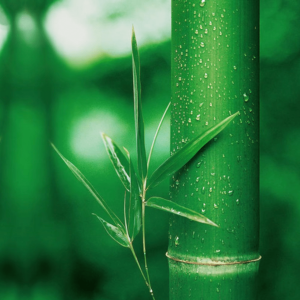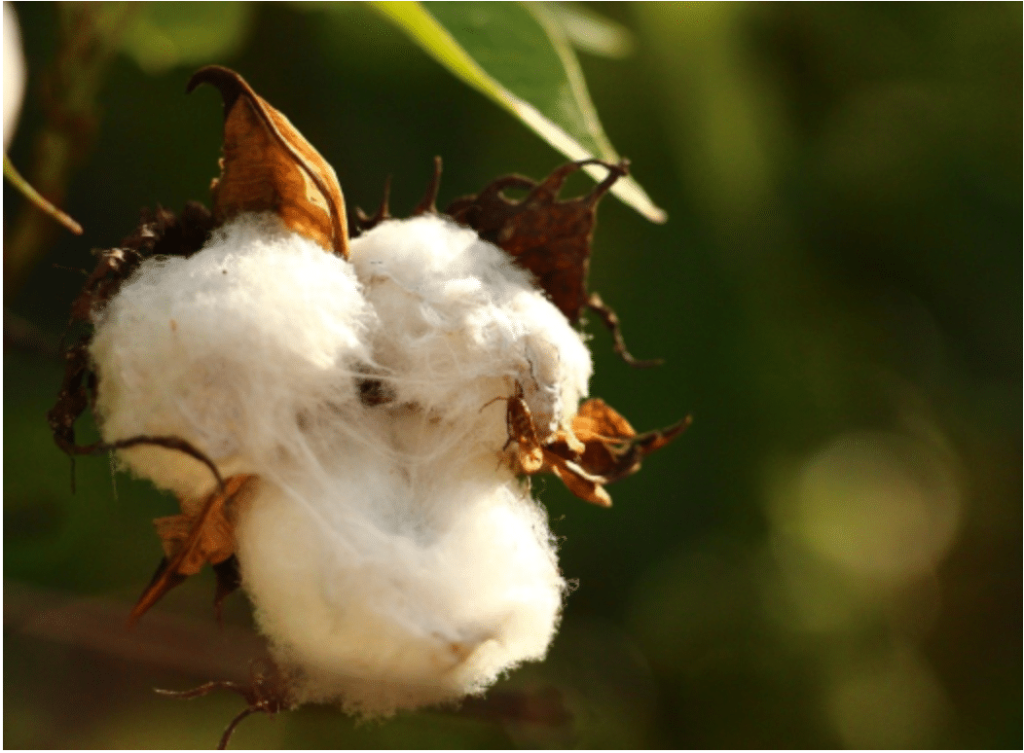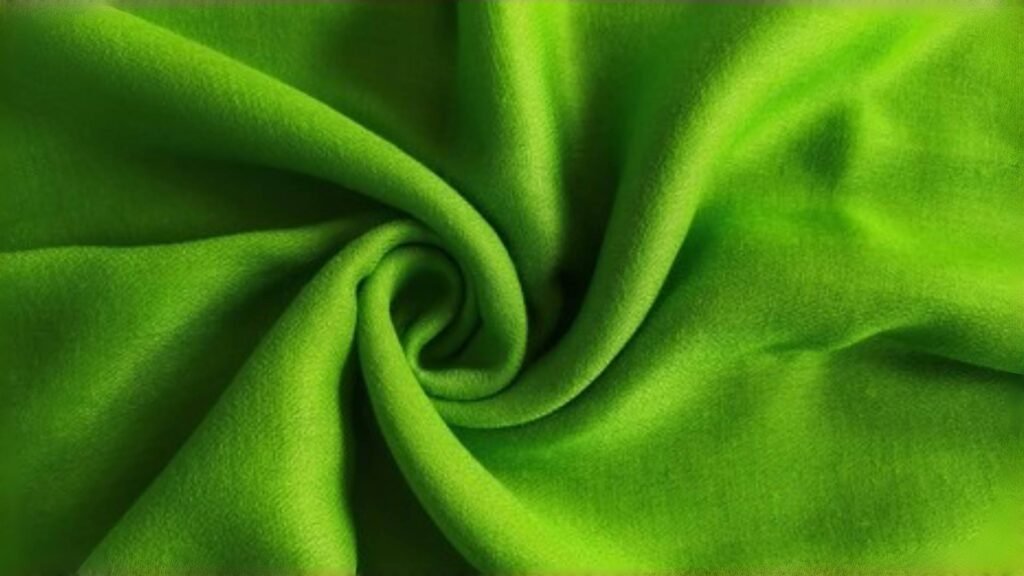The Rise of Sustainable Fabrics for Activewear
Sustainability is no longer a niche concept—it is becoming a core value for both brands and consumers in the sportswear industry. With growing concerns over environmental pollution, carbon footprints, and unethical production practices, activewear brands are turning toward eco-friendly fabrics to meet both performance needs and environmental responsibility. Choosing sustainable fabrics helps reduce waste, conserve natural resources, and appeal to the increasing number of eco-conscious consumers.

Top 3 Eco-Friendly Fabrics for Sportswear&Activewear and Their Pros & Cons
1. Recycled Polyester (rPET)
Recycled Polyester (rPET) is a sustainable fiber made by melting down existing plastic (like bottles or fabric waste) and reprocessing it into new polyester yarn. It shares the same properties as virgin polyester (durability, lightweight, quick-drying) but reduces waste and resource use.
It uses 59% less energy vs. virgin polyester(Source: Textile Exchange),Lowers carbon emissions by ~32%(Source: OEKO-TEX®)
Pros: Durable, moisture-wicking, quick-drying, made from recycled plastic bottles.
Cons: Still synthetic, may shed microplastics if not properly treated.
It is very suitable for any types of activewear.

2 .Bamboo Fabric
Bamboo fabric is a textile made from bamboo pulp. It’s often marketed as “eco-friendly” due to bamboo’s fast growth, but how it’s processed determines its true sustainability.
Pros: Naturally antibacterial, breathable, soft, renewable, biodegradable.
Cons: Some bamboo fabrics are chemically processed (e.g., bamboo viscose), which reduces eco-benefits.
Best choices for leggings,tops,underwear,t-shirts…
(Textile Exchange: Bamboo Overview )

3.Organic Cotton
Cotton grown without synthetic pesticides/GMOs, using crop rotation & natural pest control.
Pros: Grown without harmful pesticides, soft, breathable, biodegradable.
Cons: Not as moisture-wicking or stretchy as synthetic alternatives.
It is very suitable for t-shirts,sweatpants…

Key Factors to Consider When Choosing Sustainable Fabrics for Activewear&Sportswear
- GSM (Grams per Square Meter): A measure of fabric weight; lighter for hot climates or innerwear, heavier for durability and winter layers.
- Breathability: Essential for sweat management and comfort during workouts.
- Comfort and Softness: Especially important for next-to-skin garments.
- Stretch and Recovery: Needed for freedom of movement, particularly in yoga or gym wear.
- Moisture-wicking Ability: Helps pull sweat away from the skin to keep the wearer dry.
Important Certifications for Sustainable Fabrics
- OEKO-TEX® Standard 100: Ensures the fabric is tested for harmful substances.
- GOTS (Global Organic Textile Standard): Certifies organic fibers and sustainable processing.
- GRS (Global Recycled Standard): Verifies recycled content and responsible social, environmental, and chemical practices in production.
As the world moves toward sustainability, choosing the right eco-friendly fabrics for your activewear line is both a responsible and strategic move.
Yuuker could custom and produce any style’s activewear for you with different sustainable fabric.



